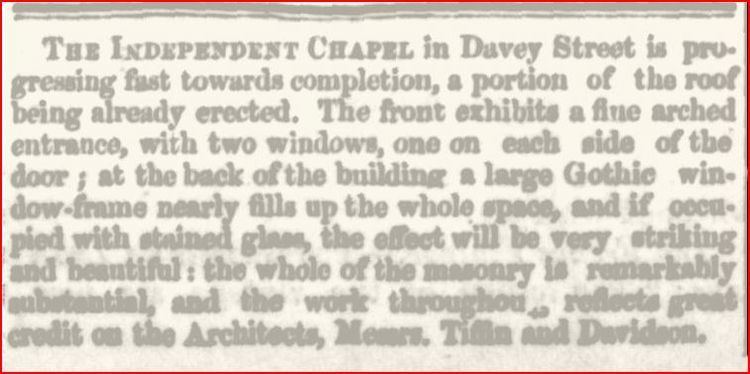Name Charles Tiffin Role Architect | Died 1873 | |
 | ||
Structures Old Government House, Queensland | ||
How Charles Tiffin Built Queensland Parliament House
Charles Tiffin (1833–1873) was an English architect, who spent most of his career in Queensland, Australia where he held the post of Queensland Colonial Architect.
Contents
- How Charles Tiffin Built Queensland Parliament House
- Early life
- Queensland Architecture
- Miscellaneous
- End of career and death
- References
Early life
He was born in Newcastle upon Tyne, England where he studied under local architects M. Thompson and John Edward Watson.
In 1855 he immigrated to Geelong, Victoria, Australia.
Shortly after, he became a partner in the architectural practice of Tiffin & Davidson in Hobart, Tasmania, together with William Montgomerie Davenport Davidson (who was later the Queensland Surveyor-General). Their works included:
On 1 January 1857, he married Mary Ann Haig, second daughter of Captain Andrew Haig, at St George's Church in Hobart.
Queensland Architecture
In May 1857 Charles Tiffin became the Clerk of Works in the Moreton Bay District.
In December 1859, Tiffin became Colonial Architect for the colony of Queensland, Australia.
He designed and supervised the construction of over 300 Queensland buildings including:
Miscellaneous
He participated in the Brisbane School of Arts and the Queensland Philosophical Society.
In 1866, Charles Tiffin developed an earth closet, an early form of toilet used for many years in Queensland. He took out a patent in 1869.
End of career and death
From 1868–71 Charles Tiffin was also the Superintendent of Roads and Bridges. However, in 1871, he criticised the government's policy on roads. His career ended at that time. He took a year of leave and then retired on medical grounds in April 1872. He died on 9 January 1873 at 27 Lower Fort Street, Sydney, New South Wales at the age of 40.
His wife Mary Ann returned to Brisbane until her death in 1923 at the Diamantina Hospital in Brisbane, Queensland.
